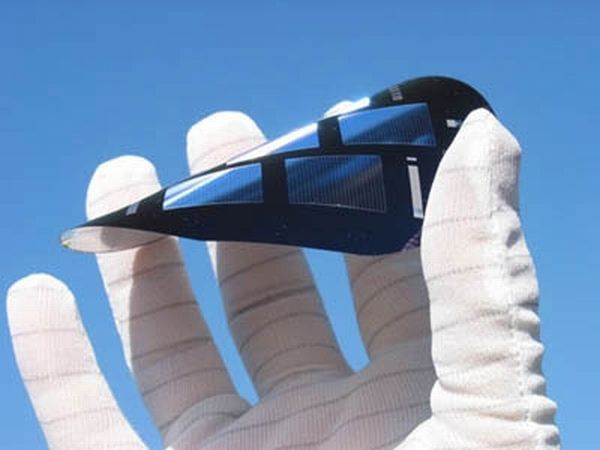Solar power: Green but expensive
Among all the renewable energy sources, the sun is the most abundant. It offers us an endless supply of power and is the perfect solution to the planet’s energy woes. It’s also non-polluting unlike conventional sources like coal and natural gas. However, despite all its virtues, harnessing solar energy doesn’t come cheap. This is one of the main reasons why many countries desist from investing in solar power. Solar energy generating systems are very expensive, each costing about $45,000 each. The output produced is also meager compared to the cost, with about $9,000 being spent for producing a single kilowatt of power. The cost issues impose practical hassles that make investment in such projects not viable as returns are negligible, to say the least.
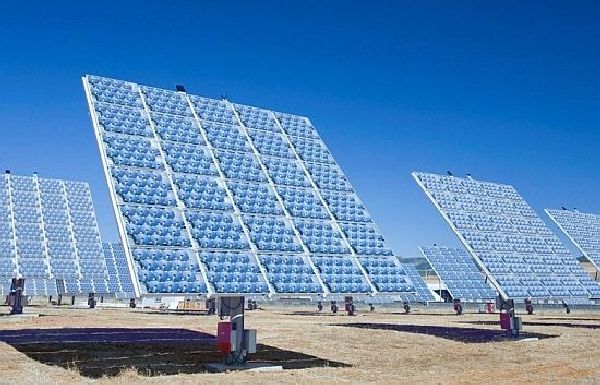
The need for affordable solar power
At the current rate of global energy consumption, we’re likely to run out of conventional resources very soon. Since the population is continually expanding, there is a race to find a quick solution for the existing power problem. The cost of oil, coal and natural gas will increase due to depleting supply and growing energy demands. The sun, being ever abundant, provides us with the relevant source: the only problem is the cost of harnessing it. Since solar energy is free, there is an urgent need to work towards finding affordable solar power to fulfill the planet’s energy needs. Besides, solar energy is clean, which will help keep pollution levels at bay as well as increase quality of life.
Concentrated solar thermal power
a) Benefits
Unlimited source of energy
The sun still has a few billion years to live so we don’t need to worry about supply running out.
More efficient than photovoltaic thermal energy
Ordinarily, photovoltaic panels are used to trap heat from the sun, which is then converted into electricity. This electricity is then used to power devices like watches and streetlights. Concentrated solar thermal power systems, on the other hand, work on a much larger scale, trapping the sun’s heat and using it to heat fluids. The steam which is generated is then used to power generators to produce electricity.
Environmentally friendly
Solar thermal power plants are very eco-friendly as they don’t produce any emissions. They can also be built from recyclable materials, making them even more environment friendly.
b) Trends
1. Commercial solar power plant at Andasol in Spain
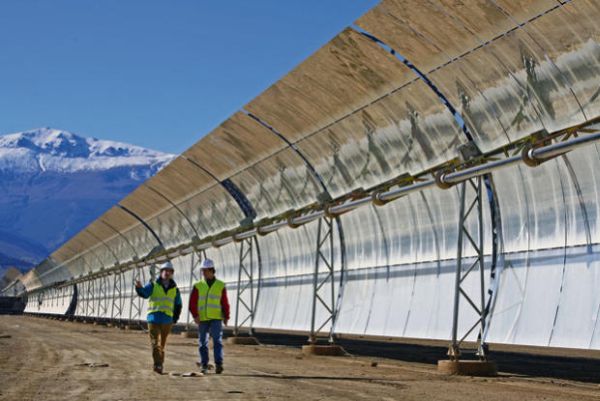
Andasol’s solar power plant is the largest such commercial plant in the world. It features three units, each capable of generating 50W of power. A collector tube containing molten salt harvests sunlight which is concentrated by parabolic reflectors, which is then heated and transferred into a heat exchanger, containing fresh water. The resulting steam is converted into power using a conventional steam turbine.
The engineers of this Andalusian solar power plant have designed the parabolic reflectors in such a way that the molten salt is heated in excess quantities. The surplus salt is stored in insulated storage tanks and the steam produced is used to generate power during night time.
2. PS-10 Concentrated Solar Thermal Energy Plant in Spain

The PS-10 in Spain is Europe’s first commercial solar thermal plant. It is being used to produce electricity to power about 6,000 homes. The 11W thermal plant is also getting an additional 300 reflectors to increase output to a very substantial 300W by 2013. That would be enough to power around 180,000 homes.
The location of the plant, which is near Seville, sees about 300 days of sunshine a year, making it economically viable owing to subsidies from the EU and Spanish government.
3. The Solar Brayton Cycle project in Australia

The Solar Brayton Cycle project is the brainchild of Australia’s CSIRO. When completed, the project will be the country’s largest solar thermal plant. At present, 450 heliostats are being installed to trap heat and generate steam which will be fed into a 200kW steam turbine. Incidentally, the lightweight-framed heliostats are designed in such a way to make it cost-effective and will be able to generate a maximum temperature of 1,000 degrees Centigrade which will ultimately power about 200 homes. While that may seem small compared to what other solar thermal plants can produce, the Solar Brayton Cycle project is only in pilot stage and CSIRO will no doubt install more heliostats in the future.
c) The low downs
While the benefits of solar thermal energy are many, the installation of such plants can be quite expensive, making it unsuitable for those regions that cannot afford to invest large sums of money. Moreover, these plants need consistent sunlight as their efficiency is reduced on cloudy days and bad weather. Solar thermal projects also need large tracts of land which can prove to be a problem in areas where land cannot afford to be allocated other than for housing and developmental projects.
Concentrated photovoltaics
a) Benefits
Cheaper then concentrated solar thermal power
Concentrated PVs are cheaper than solar thermal power projects costing just $3.80 per watt without any storage. Add another $0.50 per watt for battery storage and you spend only a little over four dollars. Per watt, a PV plant offering six hours storage costs just about $6.80. Compare that to solar thermal plants that cost $7.75 per watt for six hours of storage and you can see the difference especially when constructing them on a large scale.
Less and dual use of land
PVs don’t take up much land space as they’re mounted on tracking systems. It is also possible to grow crops under the panels so you can make use of the land for a dual purpose.
Minimal water use
While solar thermal plants require vast quantities of water, PV plants need just a small amount of this very limited natural resource.
b) Trends
1. SolFocus in Spain
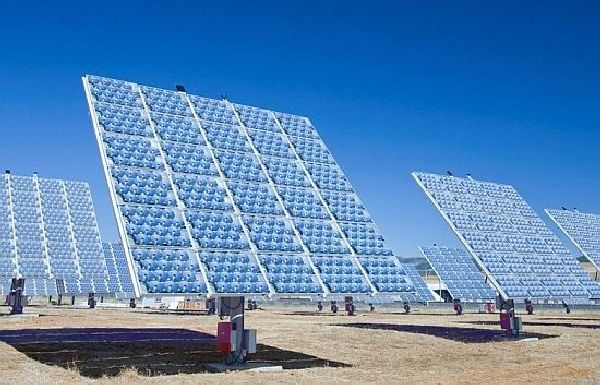
Supplier of concentrated PVs, SolFocus, has signed a deal to provide and install 10MW worth of PV panels in Spain which will provide clean power to about 40,000 homes. SolFocus has already made a name for itself in the PV segment by developing panels that use just 1/1000 of the necessary material needed to make concentrated photovoltaic panels.
2. Cool Earth Solar inflatable solar balloon in California
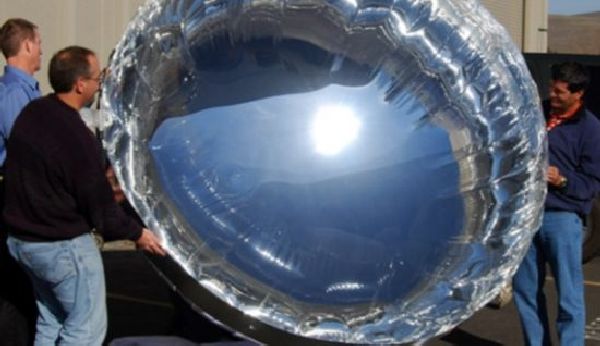
Cool Earth Solar, a California company, is working towards developing inflatable solar balloons which will reflect sunlight on solar cells. The balloons will be suspended on wire and metal structures and they will be made using relatively cheap materials to cut costs. Don’t correlate the cheap cost for shoddy balloons, they will be able to withstand wind speeds of around 100 miles per hour.
3. Fairman and Zenith Solar: Z20 technology in Israel

Installed in areas of Israel, concentrated PV systems developed by David Fairman and his company, Zenith Solar, harvest more energy than other PV cells, with each being able to generate 2kW of power and 5kW of heat. Combined, they’re being used to feed Israel’s national power grid. Zenith Solar’s Z20 technology uses concentrated reflective mirrors crafted out of silicon that focuses sunlight on reflector dishes. The concentrated PV system, which heats up, needs to be cooled with water which is then transferred to a heat exchanger and utilized on site. This means that other than providing green electricity to residents, the system also produces hot water that feeds 220 people.
c) The low downs
Like concentrated solar thermal power, concentrated photovoltaics have a few drawbacks that need to be addressed if we plan to make use of it on a large scale. They’re more complicated to make as they use computer controls and tracking motors. It’s also not feasible to use them on rooftops so sufficient land is required. It is suggested that heat absorbed by the rear of these panels be used to operate a vapor absorption AC system or to pre-heat water which can then be used by consumers.
The goal
CSPs and CPVs offer us a clean alternative to conventional power and the goal now is to make them affordable enough so that they can be used to electrify millions of homes. However, the speedy progress in technology, particularly in the green energy sector, may soon see CSPs and CPVs substituting conventional fossil fuel-based power.




